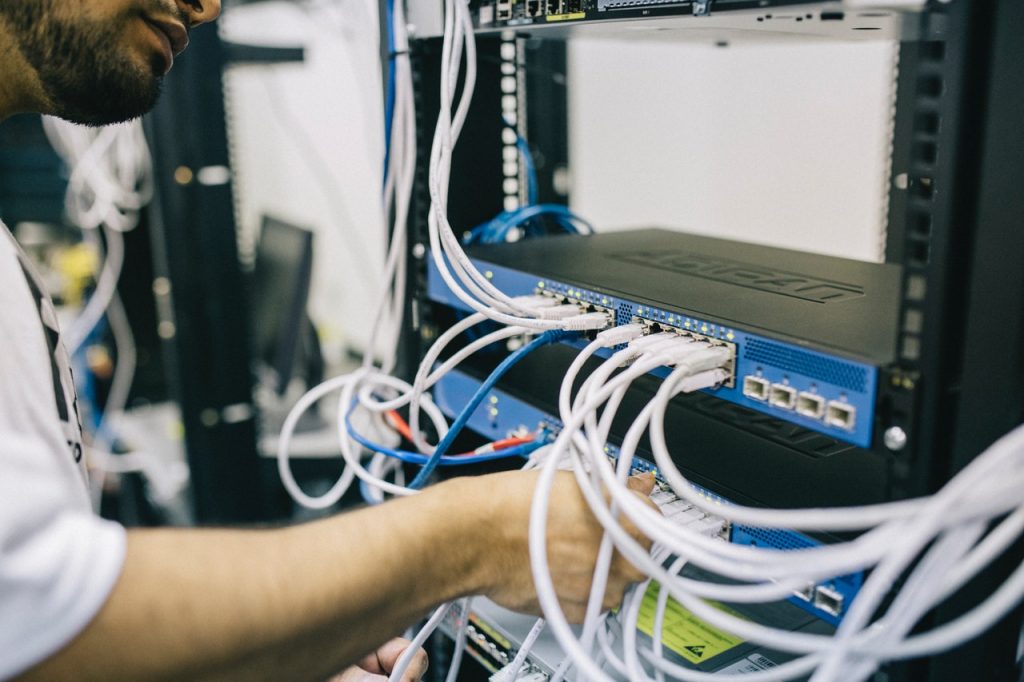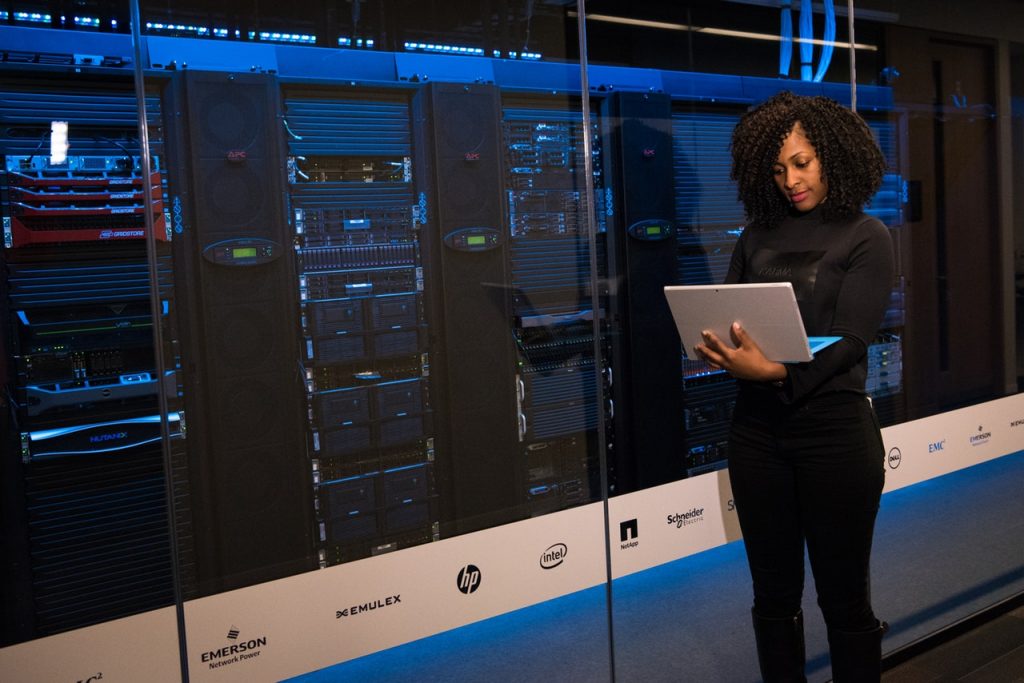From day to day, competition in the business world is also getting tougher. Companies are competing to produce the best products along with a good management system. This will be achieved if supported by a system and network of good corporate information technology. However, a good technology system is not enough. To be able to run optimally, this system has to get maintenance treatment. What are some important aspects of information technology that are maintained and their functions?
What needs to be maintained?
You need to understand that maintenance is one of the most important processes carried out. This is for the sake of the company’s information technology management that can continue to run well. Maintenance is a vital step. In the maintenance of the company’s technology system, several things will be checked, namely applications, networks, storage, services, desktop, wireless, voice, hosted applications, cloud services, Citrix, and company call centers.
Maintenance activities and processes
Maintenance of information technology systems means a process that aims to maintain and improve the adopted technology systems so it can be sustainable in their use. In the process of maintenance, to obtain optimal results, usually, there will be several activities or maintenance processes. Generally, there are 6 information technology maintenance process activities, namely, process implementation, problem analysis and modification, implementation modification, review of the maintenance process, system migration, and system retirement.
If examined deeper, each of these activities has the same maintenance phase or stages. Usually, each maintenance activity has 7 phases or steps in the process. The seven steps are starting from identification, classification, prioritization, and modification of problems, problem analysis, problem-solving system design, implementation design, system testing, system acceptance test, and the last is delivery of the system to all of the company technology networks.
These phases must be able to be done well, sequentially and thoroughly so that they produce the best results in important aspects of information technology that are maintained and their functions. If elaborated, phase 1 (identification, classification, prioritization, and problem modification) and phase 2 (analysis) is important to see where the main problems in the system are. This will make the maintenance process effective and not in vain (efficient). Phase 3 (design) will also depend on the exact results of phase 1 and phase 2. Therefore, this process must be carried out sequentially and thoroughly.
After the problem-solving design is created, the design must be implemented. The process of implementing the new design to overcome the problem of the system will run smoothly if the identification of the problem is correct (again, see phase 1). After being implemented, the maintenance results system will be tested first, before it is applied normally in the company.
Accepted techniques in the maintenance process
In the maintenance process, especially in software maintenance, 3 special techniques are applied so that the maintenance results are maximum. The 3 techniques are program comprehension, software re-engineering, and reverse engineering. Program comprehension is a technique that maximizes the software maintenance process in the coding aspect. The program or software will run with good coding. Therefore, this comprehension program will focus on the source code of the software. The result is that cognitive software will be read and can be used as a basis for creating new software.
The second technique is software re-engineering. This technique is more advanced than comprehension programs. This technique is done by modifying existing software by reversed engineered. So, in short, this technique is called engineering an engineering system. This technique is usually used if an error is found in the software or want to add new features to the software.
The third technique is reverse engineering. This technique is a technique that is more difficult to do than the two previous techniques. Reverse engineering is a maintenance process by restructuring existing information technology systems. So, there will be a total change and will be replaced by a new system. This technique is used if the system used is outdated or there is serious damage to the system. The new and up-to-date system will make all existing information technology functions go well and have good quality security.
Those are the important aspects of information technology that are maintained and their functions. You need to understand that maintenance is an activity that must be done. Times continue to move, technology continues to develop. Technological developments not only have positive effects but also negative things. To avoid negativity in the system and network information technology of your company, it’s good that the maintenance process should not be missed.
Related Post : Designing Office Network Infrastructure





